Let us carry out the following calculations by using this method.

Solution
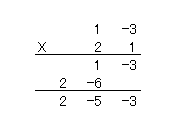
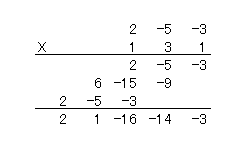
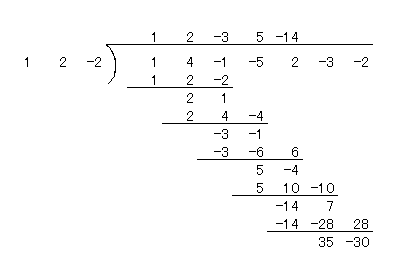
Therefore,

 , and the remainder is
, and the remainder is 
This method can be interpreted as one that involves carry-free addition, subtraction, multiplication, and division.
Let's consider the recurring decimal. For example, for calculating 3/11, we have:
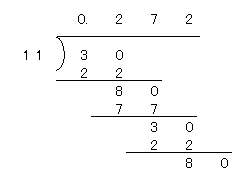
which results in 3/11 = 0.27272727···
We can use the above to calculate algebraic equations. For example, if we calculate

, we obtain:
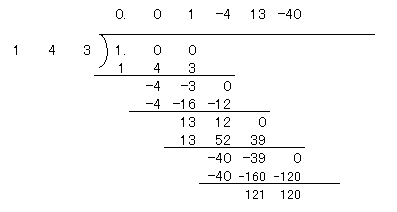
, and then

This result coincides with the Laurent expansion taught in undergraduate courses.
Here, even though we are not looking for the convergence of
 , it converges for
, it converges for  .
.Further investigation may result in new applications.

